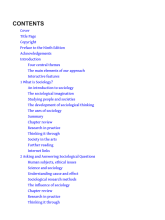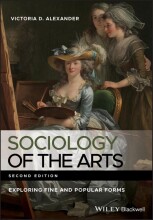Eighteenth Century - Neoclassicism
7 important questions on Eighteenth Century - Neoclassicism
What led to the birth of Neoclassicism in the second half of the 18th century?
- A lot of painters started to view the Rococo as a visual sign of moral decline.
- Critics bemoaned the fact that grandiose history paintings had disappeared at the French Academy.
- Most important: the rediscovery of the ancient roman cities Herculaneum and Pompeii (1738 & 1748) renewed interest in the classical values of art and state.
Where can we see a clear departure from Rococo to Neoclassicism?
Who was Angelica Kauffman?
- Angelica Kauffman (1741-1807) was a Swiss Neoclassical painter.
- Her paintings show a very clear representation of virtuous behaviour and high moral conduct.
- Helped found the new British Royal Academy.
- Higher grades + faster learning
- Never study anything twice
- 100% sure, 100% understanding
Who was Jean-Antoine Houdon?
- Jean-Antoine Houdon (1741-1828) was a French portrait sculptor, unrivaled in his day.
- He took precise measurements of his sitters, made a terra cotta model of them, let his assistants block the form in marble and then refined and polished the carving himself.
- While showing his figures in contemporary attire, links his work to the classical past by using the antique contrapposto.
- Even popular in America, made sculptures for the founding fathers, like George Washington.
What are the key aspects of Neoclassical Architecture and how does it differ from the former Baroque/Rococo Architecture?
- Symmetry is maintained at all costs, even if it makes things within the home inconvenient.
- Regularity, reason and logic dominate imaginative variation (contrast to the drama of Baroque/Rococo).
- Walls are flat.
- Decoration is relatively austere compared to Rococo interiors.
Who was Jane Austen?
- Jane Austen (1775-1815) was one of the most important novelists of her day.
- Her novels are social comedies about manners, good and bad, and reflect a delight in family life.
- Most of her books are romantic and have marriage as their goal and end.
- Austen shows romantic love, and did not believe good marriages could come from alliances built on social advantage.
- Among her repertoire are: Northanger Abbey, Sense and Sensibility, and Pride and Prejudice.
What did Jane Austen (1775-1815) mean when she called herself a "miniaturist"?
The question on the page originate from the summary of the following study material:
- A unique study and practice tool
- Never study anything twice again
- Get the grades you hope for
- 100% sure, 100% understanding































